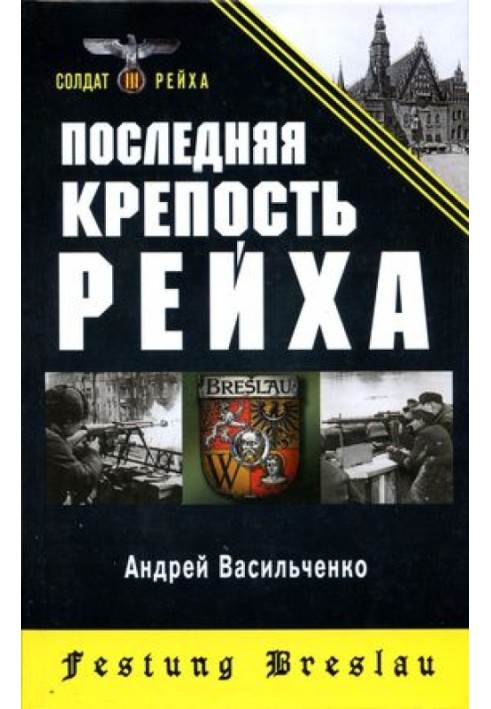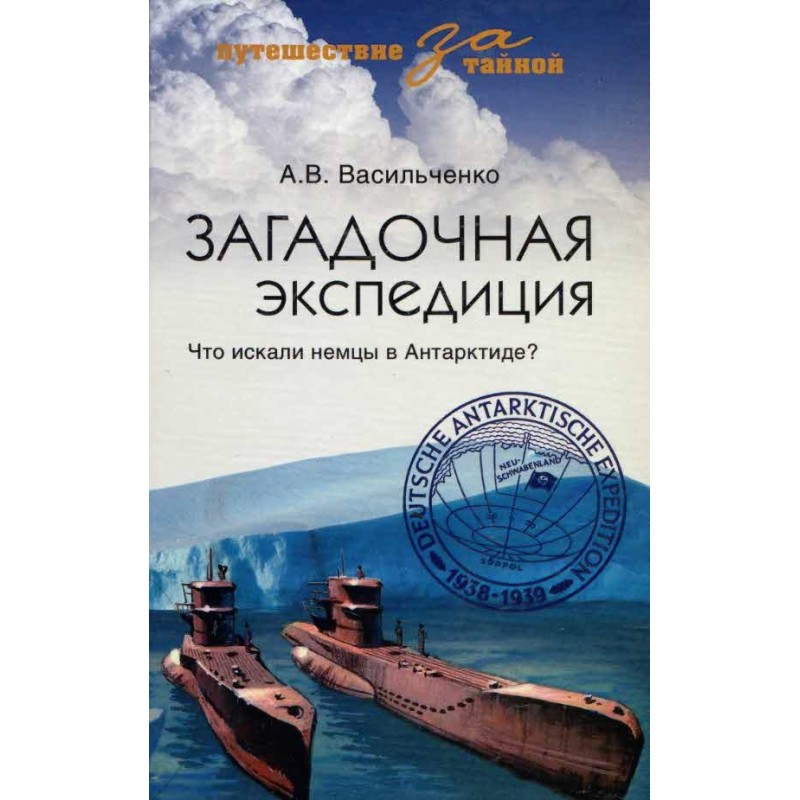The last fortress of the Reich
 Instant download
Instant download
after payment (24/7)
 Wide range of formats
Wide range of formats
(for all gadgets)
 Full book
Full book
(including for Apple and Android)
“Festung” (“fortress”) is how the Wehrmacht command called the cities surrounded by the Red Army, which Hitler ordered to defend to the last soldier. The capital of Silesia, the city of Breslau was little like a fortress, but this did not stop the Nazi leadership from proclaiming it an “impregnable citadel” in February 1945. For eighty days, the besieged garrison and Volkssturm fighters offered desperate resistance to the Red Army, holding down the actions of 13 Soviet divisions. Hitler even appointed Breslau Gauleiter Karl Hanke as the last Reichsführer of the SS. The rebellious city, which found itself deep in the Soviet rear, capitulated only on May 6, 1945, after the Fuhrer’s suicide and the fall of Berlin. Echoing Goebbels’ propaganda, which praised the “miracle of Breslau,” Western authors still compare its defense with the feat of Stalingrad. In Soviet times, they tried to forget about this episode. A new book by a popular historian, author of the best-selling books “Hitler’s Penal Battalions” and “The Demyansk Cauldron” breaks this conspiracy of silence - relying on sources previously inaccessible to the Russian-speaking reader, Andrei Vasilchenko restores the history of the battle for the last fortress of the Reich, one one of the longest and bloodiest battles of World War II.
Data sheet
- Name of the Author
- Андрей Васильченко Вячеславович
- Language
- Russian
Reviews
Вражаюча історія про стійкість та відчайдушність!
Книга "Остання фортеця Рейху" є неймовірно потужним свідченням про героїзм та трагедію, які супроводжували останні дні нацистського режиму. Автор майстерно відтворює атмосферу облоги Бреслау, показуючи, як звичайні люди, солдати та цивільні, боролися за виживання в умовах безнадії та хаосу. Читачі можуть відчути всю напругу та страх, які панували в місті, а також зрозуміти, чому Гітлер, незважаючи на очевидну поразку, продовжував наказувати обороняти місто до останнього. Ця книга не лише розкриває військові аспекти, але й заглиблюється в людські драми, показуючи, як війна змінює людей і їхні цінності. Рекомендую всім, хто цікавиться історією Другої світової війни, адже це не просто книга про битву, а глибоке дослідження людської природи в екстремальних умовах.






















